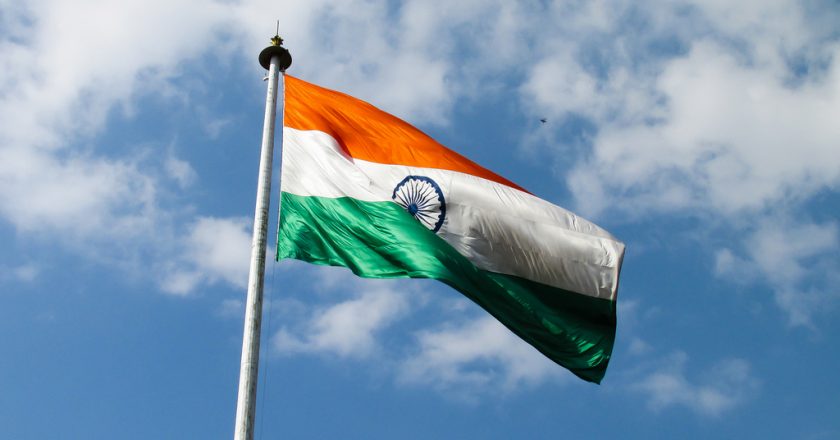


Federal Changes to Coal Cleanup Funding
Coal use across the U.S. has declined, causing large coal companies to declare bankruptcy. In light of this, environmental groups have joined community organizations living near mines to hold coal companies accountable for the cost and cleanup of closed sites to …
Indiana
Missouri

Debunking Myths With Facts About COP21: The Paris Climate Agreement
Here are a number of resources that debunk common myths about the Paris climate agreement. For more like this, see Climate Nexus’ fact checking pieces on the top 10 climate science myths and myths about the Clean Power Plan.

India
Since assuming office in May 2014, Prime Minister Narendra Modi has charted a new direction both on energy policy and climate change, establishing new political priorities and re-directing investment.

Clean Energy Ministerial 7: Kicking the Clean Energy Revolution into High Gear
The Clean Energy Ministerial is an international forum for advancing collaboration and promoting concrete actions that accelerate the transition to renewable energy. Twenty-three nations including the United States, India and China, along with the European Commission will participate.
Wisconsin
Washington
Utah
Arizona
North Carolina
Colorado
Texas
Nevada

Animal Agriculture’s Impact on Climate Change
Animal agriculture is the second largest contributor to human-made greenhouse gas emissions and a leading cause of deforestation, water and air pollution, and biodiversity loss.

Climate Change and Sports
As the world warms, one often overlooked issue is its effects on sports and recreation. While not as life-threatening as extreme weather or as costly as droughts, climate change’s impacts on sports is something that’s becoming increasingly common.

The Carbon Budget
Following the publication of the latest findings by the Intergovernmental Panel on Climate Change (IPCC), some commentators zeroed in on a short paragraph in the Summary for Policymakers. This brief section lays out a “carbon budget,” defined as the precise quantity of carbon dioxide that humans can emit and still limit warming to 2ºC above pre-industrial levels.

Significant Economic Risks from Climate Change
Non-partisan Study Breaks New Ground in Climate Risk Assessment New York, June 24 – The American economy could face significant and widespread disruptions from climate change unless U.S. businesses and policymakers take immediate action to reduce climate risk, according to a …

EU Nations Commit to Cut Emissions
EU Announcement Builds Momentum Toward Lima, Paris Early this morning, the European Union pledged to cut emissions by at least 40% from 1990 levels by 2030. This marks the first public target by a major global emitter before the 2015 United Nations …

